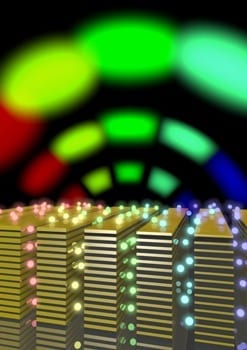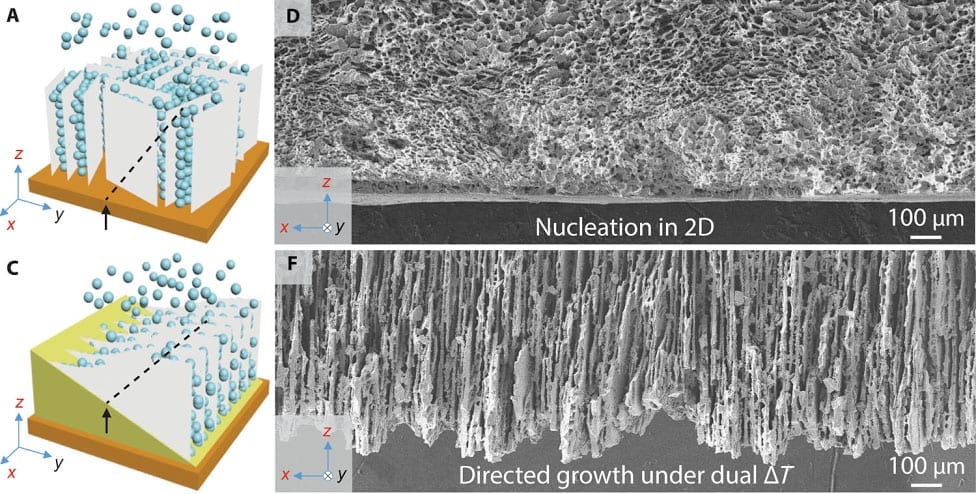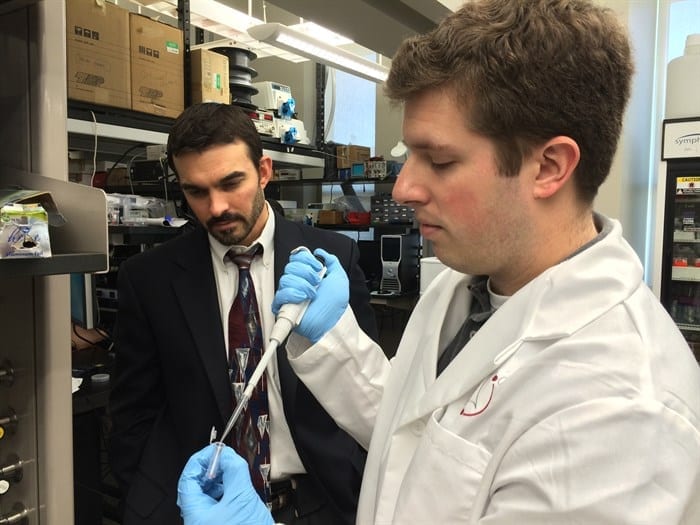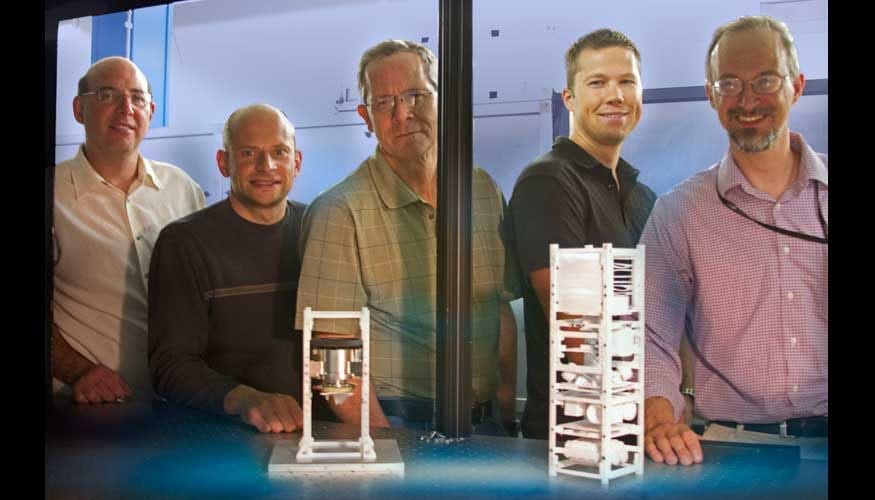
Optical wireless communications could eventually replace underwater acoustic communications systems for short distance applications
University of California, San Diego electrical engineering professor Zhaowei Liu and colleagues have taken the first steps in a project to develop fast-blinking LED systems for underwater optical communications.
In a recent article in Nature Nanotechnology, Liu and colleagues show that an artificial metamaterial can increase the light intensity and “blink speed” of a fluorescent light-emitting dye molecule.
The nanopatterned layers of silver and silicon in the new material sped up the molecule’s blink rate to 76 times faster than normal, while producing an 80-fold increase in its brightness.
“The major purpose of this program is to develop a better light source for communication purposes,” Liu said. “But this is just a first step in the whole story. We have proved that this artificial, manmade material can be designed to enhance light emission and intensity, but the next step will be to apply this on conventional LEDs.”
Extreme blinking speed – ultrafast modulation – in blue and green LEDs is a missing link that is necessary for increasing the rate at which information can be sent via optical channels through the open water, such as between ships and submarines, submarines and divers, underwater environmental sensors and unmanned underwater vehicles, or other combinations.
If dramatically improved, optical wireless communications could eventually replace underwater acoustic communications systems for short distance applications. Acoustic communications are limited by slow speed and low data rates and may possibly cause distress to whales, dolphins and other marine life. To do this, they must develop blue and green LED systems that blink one or two orders of magnitude faster than today’s blue and green gallium nitride (GaN) based LEDs.
The Latest on: Underwater Communications
[google_news title=”” keyword=”Underwater Communications” num_posts=”10″ blurb_length=”0″ show_thumb=”left”]
via Google News
The Latest on: Underwater Communications
- Cedarville senior, team builds underwater roboton April 26, 2024 at 7:12 am
This was a very lofty capstone idea, one that would be difficult to accomplish because other college students from previous years had attempted to make an underwater robot with ...
- New e-glove lets scuba divers communicate underwateron April 25, 2024 at 3:03 am
A new waterproof e-glove designed to enable divers to communicate with their partners or with those on the surface has been developed by a team of researchers from Qingdao University in China.
- US Navy foresees an uncrewed future for its surface and underwater fleeton April 25, 2024 at 1:45 am
The US Navy has been increasing efforts to integrate autonomous capabilities into its surface and underwater fleet. In order to better project power worldwide, the service has been acquiring, ...
- Deep-sea discovery: Ancient coral may have been the first glow-in-the-dark creatures, study findson April 24, 2024 at 8:17 am
A new study has suggested that the earliest known bioluminescent organism was a type of coral dwelling in the depths of the ocean about half a billion years ago.
- 'Incredible' Clip Shows Scientist and Octopus 'Communicating' in the Wildon April 21, 2024 at 2:00 am
Underwater footage of an "incredible" moment shows a marine biologist seemingly communicating with an octopus as she hunts for crabs. The images, which were shot in the waters of the Great Barrier ...
- Boops, hums and farts: The mysterious world of fish communicationon April 20, 2024 at 5:30 pm
From mysterious clicking noises in a fish tank in a lab, to humming haddocks and singing toadfish, scientists are discovering the wonder of underwater communication. When you think about how fish ...
- Penguin-Inspired Underwater Drone Gets a Boost: New Quadroin Offers Enhanced Performanceon April 19, 2024 at 5:45 pm
EvoLogics has introduced an enhanced version of the penguin-inspired Quadroin AUV, improving its functionality for more efficient marine exploration and monitoring.
- Robot penguins: This underwater drone can cruise at 11.5 mphon April 19, 2024 at 7:54 am
The advanced hydrodynamic qualities of the AUV are the result of years of research on penguin locomotion by the team. The Quadroin’s low drag form allows it to reach speeds of up to 10 knots, which ...
- Boops, hums and farts: The mysterious world of fish communicationon April 19, 2024 at 4:38 am
From mysterious clicking noises in a fish tank in a lab, to humming haddocks and singing toadfish, scientists are discovering the wonder of underwater communication.
- Unmanned Underwater Vehicles Market worth $11.1 billion by 2030 - Exclusive Report by MarketsandMarkets™on April 18, 2024 at 3:46 am
The Unmanned Underwater Vehicles Market is valued at USD 4.8 billion in 2024 and is projected to reach USD 11.1 billion by 2030, at a CAGR ...
via Bing News










